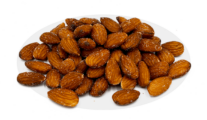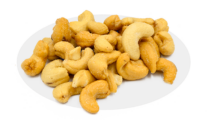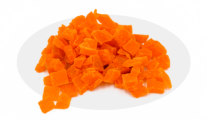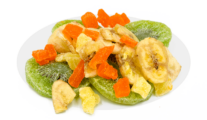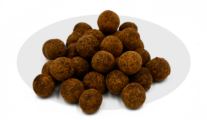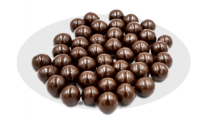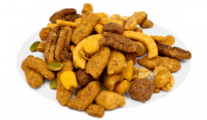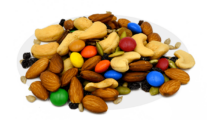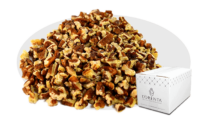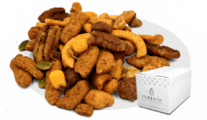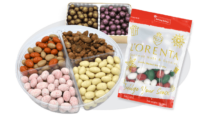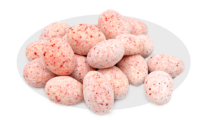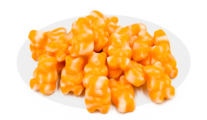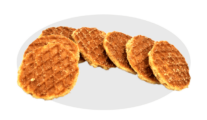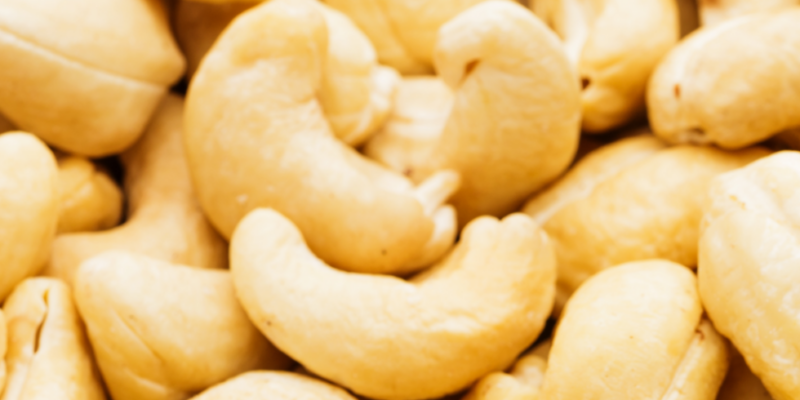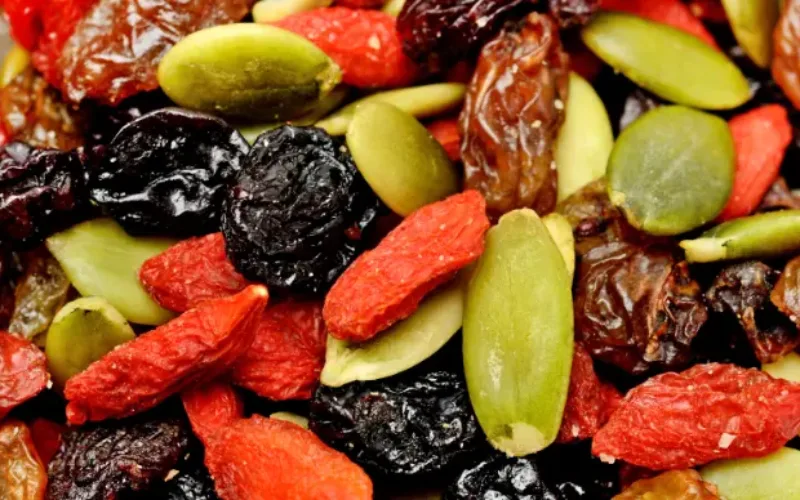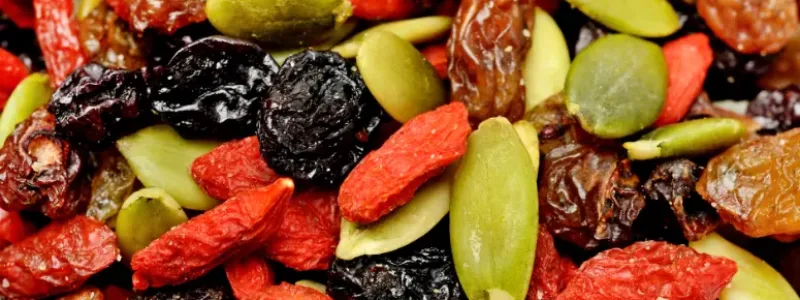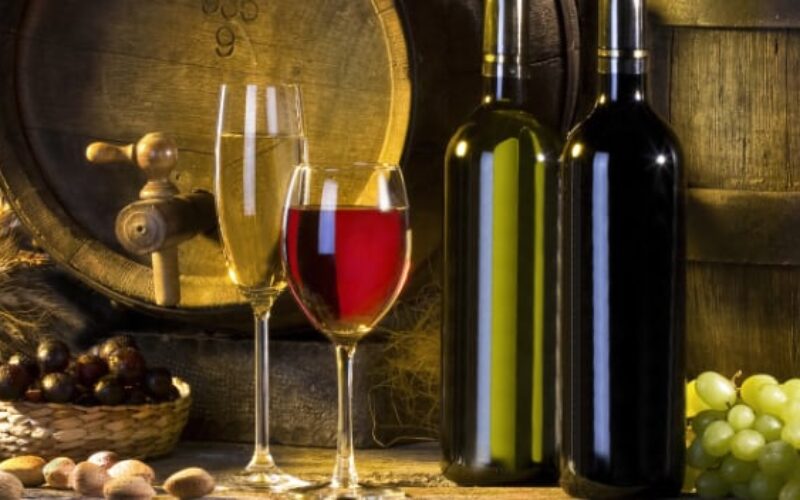Written By Sam Henselijn
Can you eat cashew fruit? The simple answer is yes. Cashew fruit is always in demand as many people love to eat it. Read on to discover the answer to the question “Can you eat cashew fruit”? and some fun facts.
In our journey through the fascinating world of nuts, we often focus on the seeds themselves, but what about their fruity counterparts? Today, let’s delve deeper into the often-overlooked sibling of the cashew nut – the cashew fruit. While our previous article provided a glimpse into its existence, there’s so much more to uncover about this tropical gem that goes beyond the confines of our first exploration.
Cashew Nut
Cashew nut is the kidney or bean-shaped edible seed of the cashew tree. This flowering tree is originally from Brazil but grows worldwide in tropical climates.
Cashew (Anacardium occidentale) is an edible evergreen shrub or tree of the sumac family (Anacardiaceae). This tree originated in tropical America but has spread widely throughout the Old World tropics.
The cashew nut, often called cashew, is widely consumed. In addition, cashews are used in many cuisines and are popular as snacks. The cashew apple is a fruit that is juicy but otherwise unimportant commercially.
Nutritional Benefits Beyond the Nut: Sure, we all know about the nutritional powerhouse packed within the cashew nut, but what about the fruit that cradles it? Well, you’ll be pleasantly surprised! Cashew fruit isn’t just a tasty treat; it’s also a rich source of essential nutrients like vitamin C, vitamin E, vitamin K, and a host of B vitamins. Not to mention, it’s loaded with minerals such as potassium, magnesium, and phosphorus, making it a wholesome addition to your diet.
Can You Eat Cashew Fruit?
The cashew’s fruit is pear-shaped, yellowish red when ripe, about
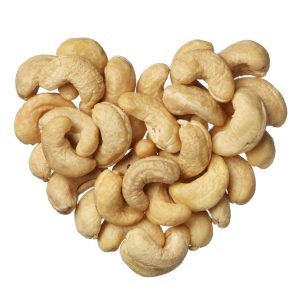
5 cm (2 inches) long and 3 cm (1 inch) wide. It hangs from the end of an enlarged fleshy stem (peduncle), which attaches to the top of the nut to form what appears to be a single juicy fruit. You can eat the fruit of a cashew nut tree. Cashews are widely available in many parts of the world, including North America and Europe. Cashews grow in clusters at the bottom of the cashew apple (also called cashew fruit).
Although not commonly sold in grocery stores, cashew apples are whole edible fruits. They have a sweet flavor and firm, juicy texture. They’re often used to make jams, juices, and alcoholic beverages.
Are Cashews a Fruit?
Cashews are not a fruit, but they are a nut. They are close to fruit because they belong in the same group as apples, bananas, and mangos. The other seeds that share this group have seeds dispersed by birds; cashews have wings.
But although cashew nuts look like fruits, they do not contain seeds. Cashews are a kind of tree nut, so they have wings.
Where do cashews come from?
They come from other trees: those that produce mangoes, avocados, and pineapples. But cashews have no relation to any other edible fruit. They are not related to apples, pears, or plums at all.
Unique Culinary Uses: Did you know that cashew fruit isn’t just meant for snacking? In many tropical regions, this fruit takes center stage in various culinary creations. From jams and juices to savory dishes and cocktails, the versatility of cashew fruit knows no bounds.
Its tangy-sweet flavor adds a delightful twist to salads, sauces, and even marinades. So, next time you’re feeling adventurous in the kitchen, why not experiment with this exotic fruit?
Does Cashew Come from a Fruit?
In the case of cashews, the answer is yes. It is from a fruit. There
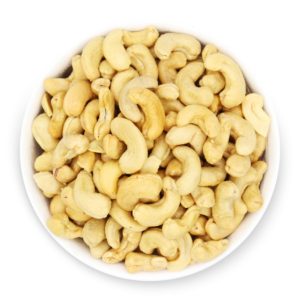
are several reasons for this. First, the word “fruit” originally referred to the seeds of plants, so a seed itself is not a fruit. But the seeds of cashews and other trees look like fruits: they have a hard protective shell, and the inside is fleshy or juicy.
Also, we get very little helpful sap from cashew fruit. So, if you have to have cashew nuts, you have to extract them from other parts of the tree – roots, bark, leaves, and woody stems – which all look like fruits.
And finally, cashew nuts are sold by weight, the measure of this weight is in kilograms. When you buy cashew nuts you buy based on the weight of the product.
Fun Facts about Cashews
- Cashews grow on trees, not bushes. They grow at the end of a fruit called “cashew apple.” The shell around the cashew nut contains oil that highly irritates the skin. Cashews are native to Brazil but grow in India, Vietnam, and parts of Africa.
- Cashew nut shell liquid (CNSL) is a natural resin harvested from the shells of cashew nuts when processed. This liquid contains cardanol, a potent antioxidant. Several studies show that cardanol has significant benefits concerning cholesterol and blood pressure. It can also serve as a biofuel.
- Cashews are one of the lowest-calorie nuts, and adding them to your diet may help you shed stubborn pounds. Cashews are also rich in protein and fiber, making you feel full longer.
- Watches and clocks use cashew oil for lubricating.
- Cashews were once known as jungle peanuts and marañón because they grow in tropical jungles and resemble peanuts with shells. The term “cashew” is said to have originated from the Portuguese word for the cashew tree’s fruit, cajú, which is taken from the indigenous Tupi name,acajú.
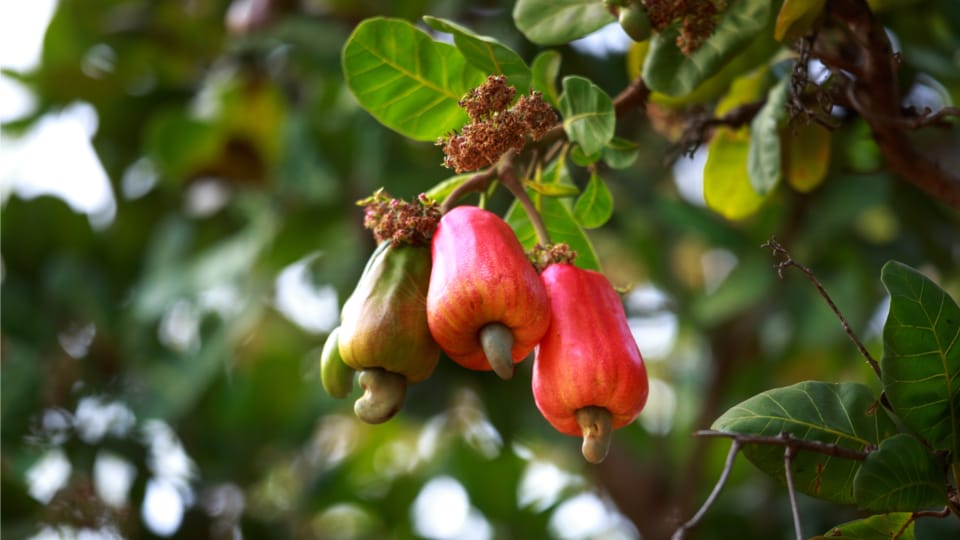
Cultural Significance: In many cultures where cashew trees thrive, the fruit holds significant cultural and traditional value. From being used in rituals and ceremonies to being a symbol of fertility and prosperity, cashew fruit is deeply intertwined with the fabric of these societies.
In some regions, it’s even believed to possess mystical properties, bringing luck and good fortune to those who consume it. So, the next time you enjoy a piece of cashew fruit, remember the rich cultural heritage it represents.
Sustainable Practices: As consumers, it’s essential to be mindful of the environmental and social impact of our food choices. Fortunately, cashew fruit offers a sustainable option for conscientious consumers. Unlike many other crops, the cashew tree produces both the nut and the fruit, maximizing resource efficiency. Additionally, cashew farming provides livelihoods for millions of people in tropical regions, supporting local economies and fostering community development.
Conclusion
After reviewing the information above, I hope you get the answer to the question: can you eat cashew fruit? That is, you can eat and enjoy cashew fruit. It is low in calories and fat and does not contain any cholesterol. A raw whole food plant-based diet considers it an edible part. The cashew fruit is rich in antioxidants, including Vitamin A and ellagic acid.
FAQ About Cashew Fruit
What does a cashew fruit taste like?
The cashew fruit has a unique and distinct taste. The cashew tree produces both the nut and the fruit, often called the cashew apple. The cashew apple is juicy and has a sweet and tangy flavor, reminiscent of a combination of pear, mango, and citrus notes. The texture is crisp and somewhat fibrous. While the cashew nut is commonly consumed, the cashew apple is also used in various culinary applications, such as making beverages, jams, and desserts in some regions.
Is it safe to eat raw cashews?
Commercially available “raw” cashews have undergone processing to remove the toxic compound urushiol. It’s generally safe to consume raw cashews, but avoid eating cashews directly from the tree, as they may contain harmful substances.


Sam Henselijn Author’s Biography – Meet L’Orenta Nuts CEO
Copyright 2024 L’Orenta Nuts
L’Orenta Nuts proudly holds the SQF food safety certification, symbolizing our unwavering dedication to upholding the highest standards of food safety and quality. This certification guarantees that our products undergo rigorous scrutiny, ensuring transparency, traceability, and adherence to global food safety regulations for the utmost consumer confidence.
L’Orenta Nuts has the HACCP (Hazard Analysis and Critical Control Points) certification is a systematic approach to identifying, evaluating, and controlling food safety hazards. It ensures that food products are produced and handled in a manner that minimizes risks and complies with safety standards.
Our GMP (Good Manufacturing Practices) certification ensures that a manufacturing facility adheres to comprehensive quality and safety standards while producing pharmaceuticals, food, and other consumer goods, promoting consistency, quality, and compliance with regulatory requirements.
L’Orenta is an FDA-approved manufacturing facility and has met the rigorous standards set by the U.S. Food and Drug Administration. It demonstrates compliance with regulations, ensuring the production of safe and high-quality food products.


